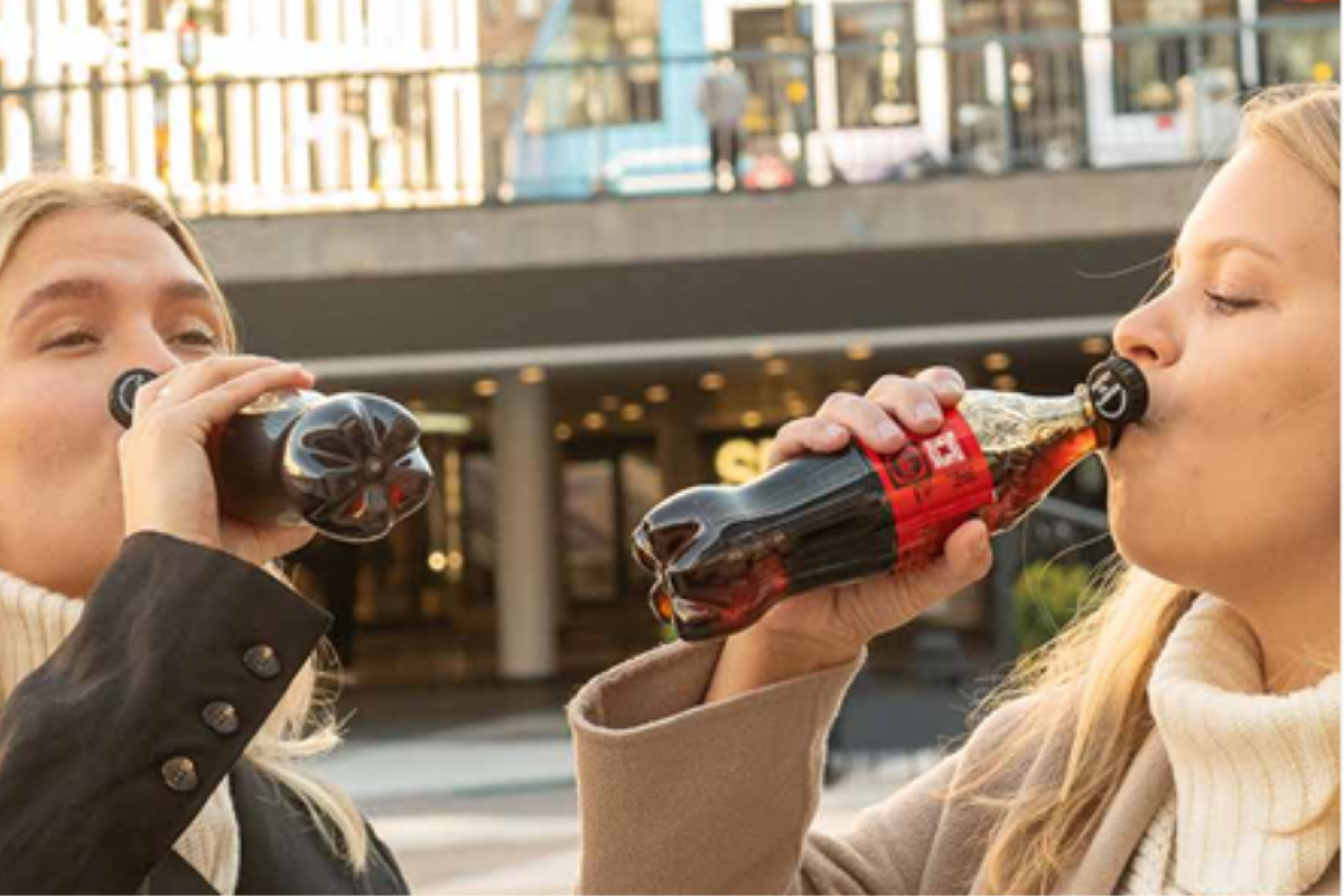
Goals and objectives
As part of their World Without Waste strategy, Coca-Cola launched a new bottle design, where the caps stay attached to the bottle.
The innovation uses less plastic in manufacturing, helps reduce plastic waste in nature, and makes sure all parts of their packaging can be recycled.
Coca-Cola's goal is to recover all packaging sold by 2030. The innovation complements the EU directive regarding disposable plastic bottles, which takes effect in 2024.
Coca-Cola is the very first company to launch the attached cap. The goal was to create awareness around the new cap and reach as many people as possible.
Coca-Cola decided to use native advertising in Scandinavia's biggest digital newspapers (VG in Norway and Aftonbladet in Sweden) to reach a majority of the population for maximal impact.
The campaign was distributed in a premium format built on SOV.
To increase the demographic impact even more, the campaign was distributed on VGs Snapchat as well as Aftonbladet’s Instagram. It was important from the start to create the content around real people and their reactions.
By using text, video and animation we created a visually lively campaign with a strong impact, within an editorial environment.
Norway started the campaign, first by introducing the bottle cap by capturing people's first reactions to it on video, followed by an in-depth article on how to use the new cap and why it was launched.
Sweden adapted the concept to the Swedish market and focused on sustainability.